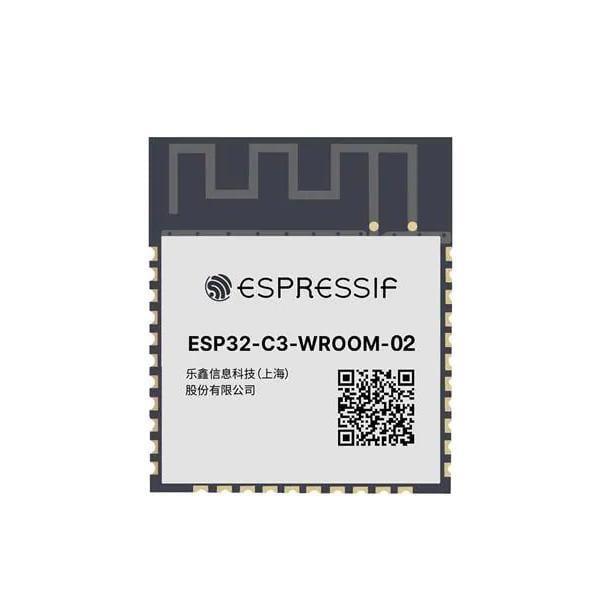The IoT industry has experienced significant growth, becoming a mainstream market with increasing demands for features and affordable pricing. Recognizing this trend, Espressif understands the importance of balancing features and cost when developing new products.
One of their notable products is the ESP32 C3, introduced in November 2020. It is a single-core, 32-bit MCU based on the RISC-V architecture, equipped with 400 KB of SRAM and a 160MHz processor. The ESP32-C3 includes 2.4 GHz Wi-Fi and Bluetooth 5 (LE) with long-range capabilities. It offers 22 programmable GPIOs that support various interfaces such as ADC, SPI, UART, I2C, I2S, RMT, TWAI, and PWM.
The ESP32-C3 from Espressif comes with several key benefits:
Security
To ensure secure connected devices, the ESP32-C3 incorporates AES-128-XTS-based flash encryption and RSA-3072-based secure boot. It also features HMAC and digital signature peripherals, providing a secure device identity for programs. The hardware support for cryptographic algorithms ensures excellent performance for secure communication within local networks and with the Cloud.
Bluetooth 5 (LE) with Long-Range Support
The device supports Wi-Fi and Bluetooth 5 (LE) with long-range capabilities, enabling the development of devices with improved coverage and usability. It also maintains excellent RF performance even at higher operating temperatures. The ESP32-C3 remains compatible with Bluetooth LE SIG Mesh and Espressif Wi-Fi Mesh.
Software Availability
The ESP32-C3 is supported by Espressif's open-source ESP-IDF, which is widely used and offers a robust SDK, tools, and an easy application migration path for developers. Additionally, the ESP32-C3 can be used with an external host MCU using the ESP-AT and ESP-Hosted solutions.
RISC-V at the Core
The ESP32-C3 is powered by a 32-bit RISC-V microcontroller running at 160MHz. With 22 configurable GPIOs, 400KB of internal RAM, and low-power mode support, it can cater to a wide range of linked device use-cases. The MCU is available in various configurations, including options with integrated and external flash. Its high-temperature support makes it suitable for industrial and lighting applications.
Sufficient Memory
With 400KB of SRAM, the ESP32-C3 meets the diverse memory requirements of different user-cases. It supports one to two TLS connections to the cloud and active Bluetooth LE usage while leaving headroom for applications. The chip's cost remains within the target budget. The ESP32-C3 also optimizes memory usage through dynamic partitioning for data (DRAM) and instruction (IRAM). The memory requirements of the Bluetooth subsystem are also optimized compared to the ESP32.
To interface with the ESP 32 C3, Espressif provides the ESP32-C3-DevKitM-1, which offers I/O pins on the module that can be easily connected through pin headers. The module can be mounted on a breadboard or connected to peripherals using jumper wires. The key components of the ESP32-C3-DevKitM-1 include ESP32 C3 MINI 1, Boot Button, Micro-USB Port, 5 V Power On LED, 5 V to 3.3 V LDO, USB to UART Bridge, Reset Button, I/O Connector, and an RGB LED driven by GPIO8.
To establish a connection, the ESP32 C3 Wroom can be connected to a PC using a USB cable. In some cases, the device driver may not be automatically installed, requiring manual installation of the driver specific to the USB to serial converter chip on the ESP32-C3 board. Espressif provides links to drivers for ESP32-C3 boards, such as FTDI and CP210x, although these drivers are often bundled with the operating system and installed automatically when the board is connected to the PC.
The process for checking the port on Windows, Linux, and macOS is explained, along with adding the user to the dialout group on Linux to grant permission for reading and writing to the serial port over USB. It is recommended to verify the serial connection by testing it with a serial terminal software to ensure functionality.
In addition to the ESP32-C3 series, Espressif offers various other SoC variants, including the ESP32-S2 series, ESP32, and ESP32s, each designed to meet different market requirements. These series and their full specifications can be found on Espressif's official website.
